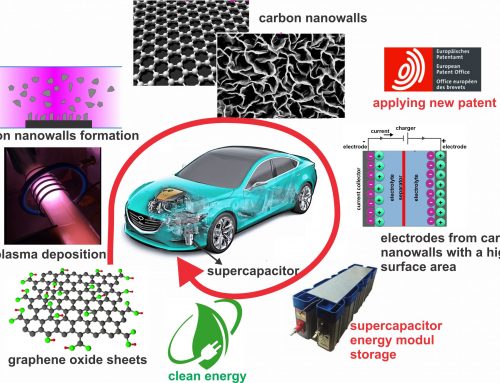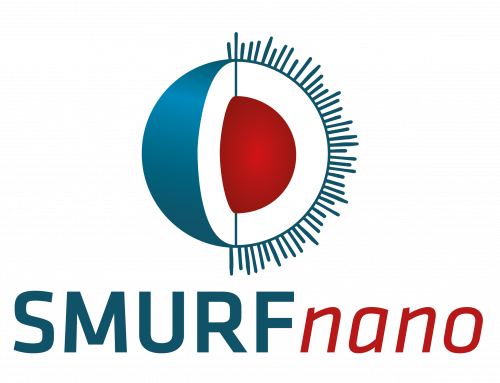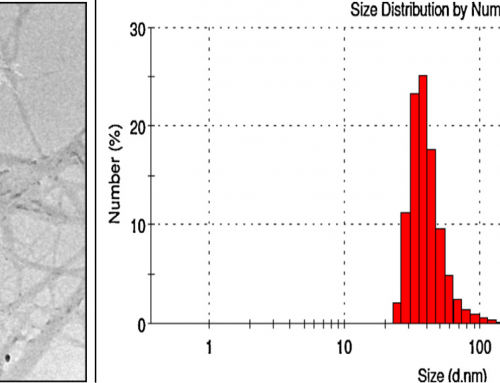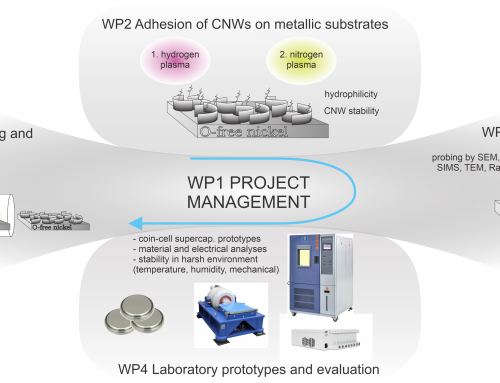New strategies for fabrication of biomimetic vascular implants (J3-2533)
Project Leader: Dr Ita Junkar (Jozef Stefan Institute)
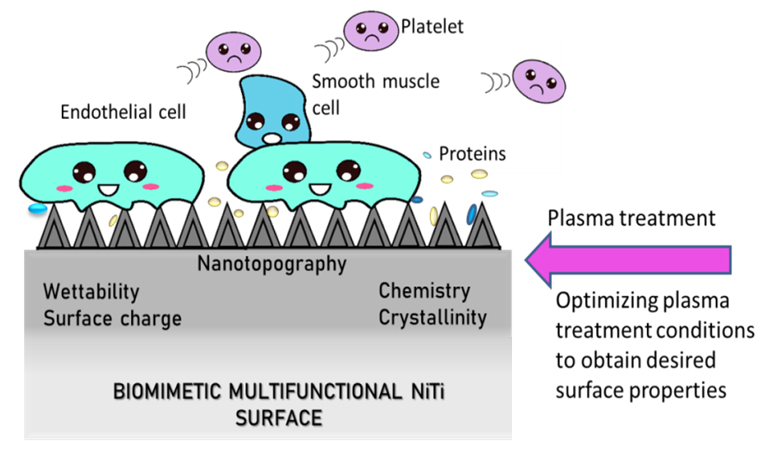
New strategies for fabrication of biomimetic vascular implants Cardiovascular diseases cause millions of deaths all over the world and present a serious healthcare burden. The minimally invasive way to treat diseased blood vessels is by insertion of an expandable tubular stent. Vascular stents have already saved countless lives, but unfortunately, their surface properties are still far from optimal. Hence, many research efforts have been directed in optimizing its surface performance. Thus various coating strategies have been developed in order to improve surface properties of so-called bare metal stents (BMS) and a new generation of drug-eluting stents (DES) was born. The main driving force was to suppress rapid smooth muscle cell (SMC) proliferation, which is connected with the narrowing of the vessel wall (restenosis occurs in 30-50%). It soon became evident that DES could not fully solve this issue, as coatings indeed inhibited the growth of SMCs but regrettably growth of ECs was also suppressed which increased the risk of thrombosis. Since then various attempts have been made in order to improve the surface performance of vascular stents, but unfortunately, only incremental improvements were made. The aforementioned issues clearly show that novel surface treatment strategies should be sought. Thus the aim of the proposed project directs this issue in particular, as novel approaches for surface treatment are proposed based on biomimetic surfaces, which are inspired by nature and will be fabricated by a combination of novel surface treatment techniques; gaseous plasma treatment, hydrothermal treatment and novel plasma anodization method where atmospheric plasma jet will be employed. The first two approaches will be used in combination, while the plasma anodization process is a novel approach and could be used alone or in combination with gaseous plasma treatment. The main goal is to obtain nanostructured surfaces, which provide guidance to cells and could favor the growth of one cell type over another. Surface treatment by highly reactive plasma will be used in order to optimize the formation of high-quality titanium oxide layers in order to improve biological response and corrosion resistance. The main objectives of the project are: i.) Fabrication of nanostructured-biomimetic surfaces (hydrothermal treatment (HT)) followed by surface chemical modification by low-pressure plasma treatment. ii.) Surface modification by low-pressure plasma treatment followed by fabrication of nanostructured – biomimetic surfaces (hydrothermal treatment (HT) or plasma anodization). Plasma electrolysis, as a novel approach, will be studied as a one-step process as it could enable both nanostructuring and surface modification simultaneously. iii.) Optimizing parameters for fabrication of nanostructured-biomimetic surfaces in terms of optimal treatment procedures and treatment conditions used in order to gain desired nanotopography, mechanical stability, corrosion resistance, and biological response. iv.) Evaluating different approaches; their variations in nanotopographies and chemistries on the in vitro biological response with SMCs, ECs and whole blood as well as possible commercial use of optimal treatment approach.



